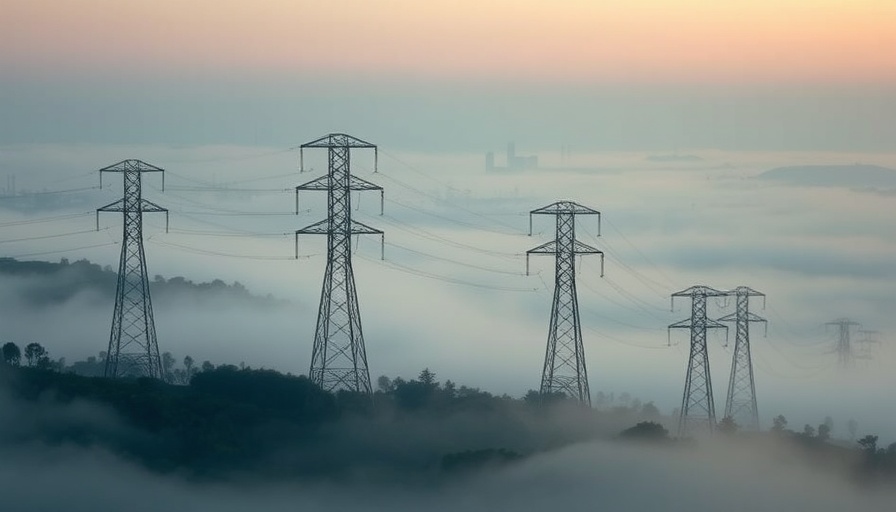
Understanding the Surge in Electricity Demand: Beyond AI and Data Centers
The global demand for electricity is witnessing an unprecedented spike, rising by 4.3% in 2024 alone. This trend is expected to continue at close to 4% annually through 2027, according to the International Energy Agency (IEA). While much of the discussion surrounding this growth focuses on artificial intelligence (AI) and data centers, these components only scratch the surface of a complex and evolving landscape.
Most notably, the majority of electricity demand growth is concentrated in developing and emerging economies. Noteworthy players driving this change include China, India, and Southeast Asia, where increasing industrial activity, burgeoning economic growth, and the rapid uptake of air conditioning and electric vehicles are major contributors.
A Closer Look at Global Drivers
China, in particular, is a powerhouse in the realm of electricity demand, accounting for more than half of the global increase last year. The country’s significant investments in solar energy, electric vehicles, and related industries alone consumed a staggering 300 terawatt-hours of electricity in 2024. This consumption is roughly equivalent to the entire annual usage of Italy, showcasing the sheer scale of demand in this sector.
Similarly, India and Southeast Asian nations are experiencing dramatic increases in their energy requirements, facilitated by economic expansions and modernization efforts, particularly in urban areas where air-conditioning usage is skyrocketing.
Data Centers: A Minor Yet Significant Factor
Contrary to popular belief, data centers, often associated with the boom in AI, account for a lesser share of global electricity demand growth—projected at less than 10% by 2030. However, in advanced economies, the impact of data centers is significant. As they proliferate, so does electricity demand, evidenced by a 10% increase in demand across the top ten US states hosting most data centers, compared to a decline in other states. This rise, however, is tempered by energy efficiency measures and the increasing adoption of renewable energy sources.
Implications for Climate Change and Energy Policy
As electricity demand grows, so do the complexities tied to climate change. While the shift from fossil fuels to renewable sources is essential, the current infrastructure still relies heavily on coal and gas. Meeting new demand through cleaner energy alternatives is crucial: rapid advancements in solar and nuclear power deployment provide some optimism. Yet, without a parallel reduction in reliance on carbon-heavy energy, achieving emission reduction goals could be severely hindered.
The encouraging news lies in the fact that renewable energy sources are expanding robustly and are projected to cover half the demand growth expected through 2027. However, to truly mitigate the rise in greenhouse gas emissions, transitioning to clean energy must happen expeditiously and equitably—a challenge that requires innovation and policy intervention.
Future Predictions and Insights
The path to 2025 and beyond indicates a necessity for grid modernization to accommodate the soaring electricity demand. Experts foresee that investment in grid infrastructure will rise significantly to ensure sufficient capacity and flexibility to meet peak demand. Peak electricity demand is projected to grow disproportionately faster than average demand, especially in emerging markets, accentuating the urgency of enhancing grid capabilities.
For corporate leaders and decision-makers, this landscape poses both new challenges and opportunities. Understanding these dynamics and their implications for energy strategies will be key to navigating the future of global power supply and demand.
Conclusion: A Call to Action for Decision-Makers
The rapid increase in electricity demand signifies a broader transformative shift in the global energy paradigm. Staying informed about these trends and developing adaptive strategies will be paramount for executives and leaders across industries. As the pace of electrification accelerates, integrating sustainable practices and innovative technologies into energy management strategies will define competitive advantage in this evolving context.
 Add Row
Add Row  Add
Add 




Write A Comment